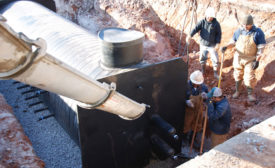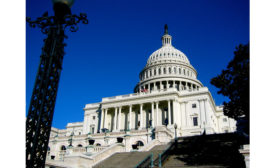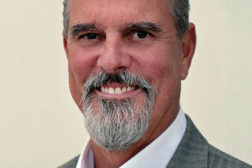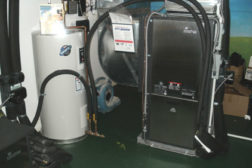Douglas A. Dougherty
Douglas A. Dougherty is president and CEO of the Geothermal Exchange Organization. Dougherty previously served as president of the Illinois Telecommunications Association.
ARTICLES
Homegrown, Clean Energy Equals Environmental Protection Plus Jobs
The Reed bill currently boasts 108 cosponsors
Read More
The Lowest Cost Unit of Energy
Geothermal Heat Pumps Can Help Curb Energy Waste in Buildings
Read More
Energy Efficiency, Geothermal Heat Pumps, and ‘Negawatts’
The Lowest Cost Unit of Energy Is One That Is Not Used
Read More
Copyright ©2025. All Rights Reserved BNP Media.
Design, CMS, Hosting & Web Development :: ePublishing








